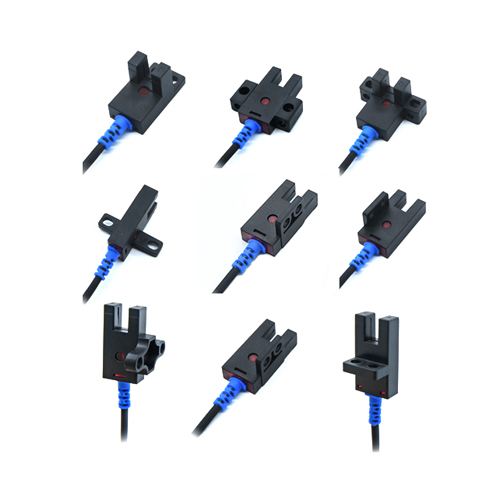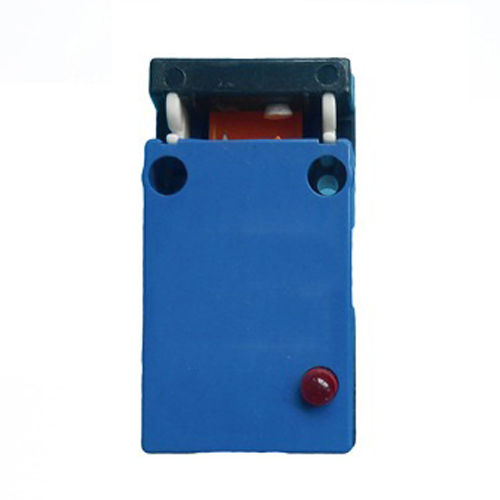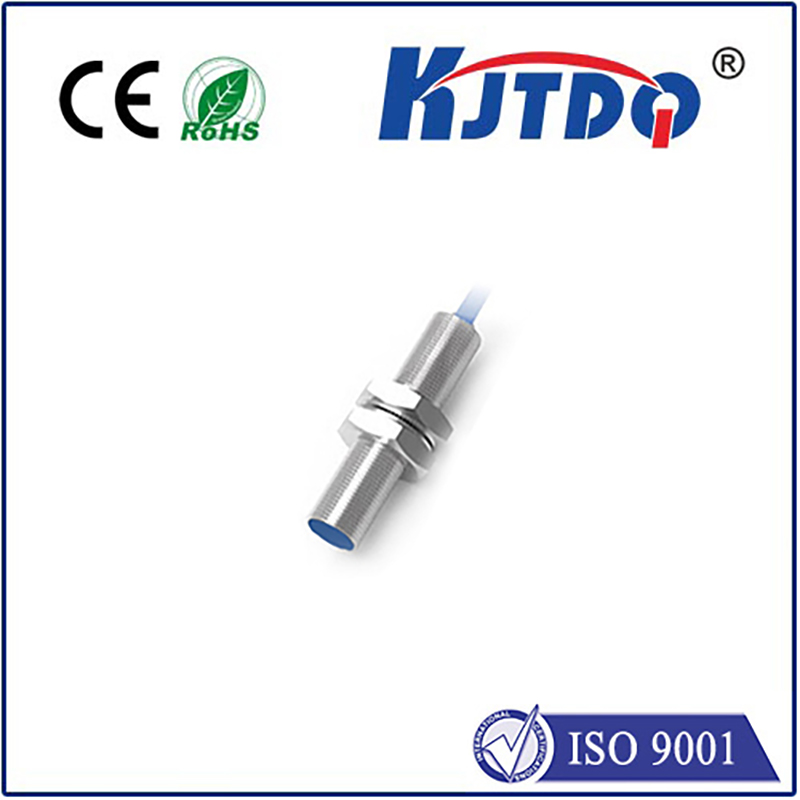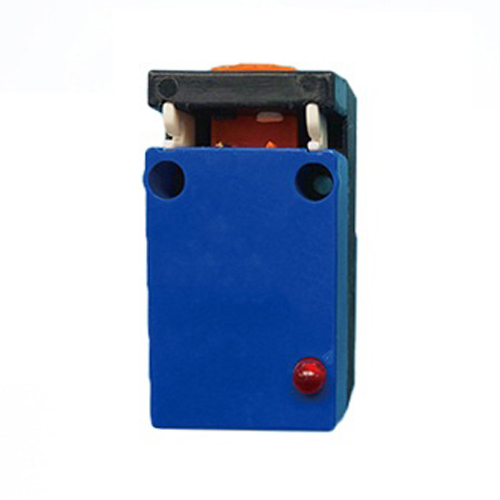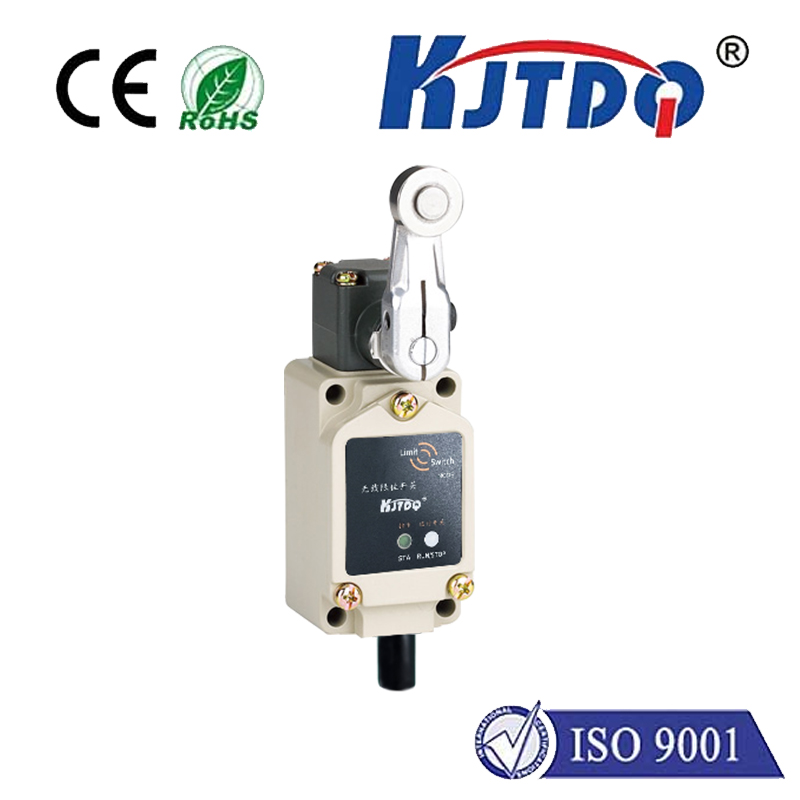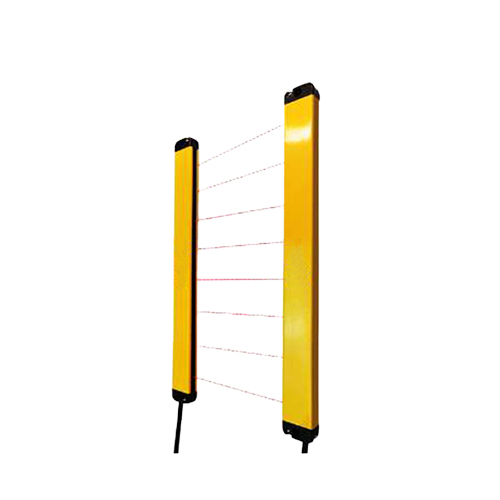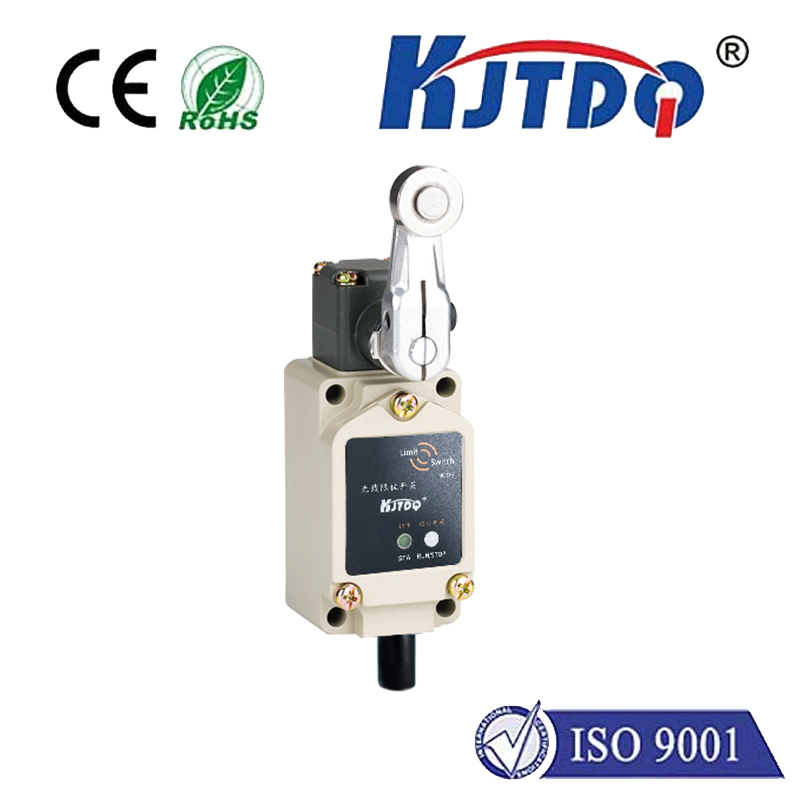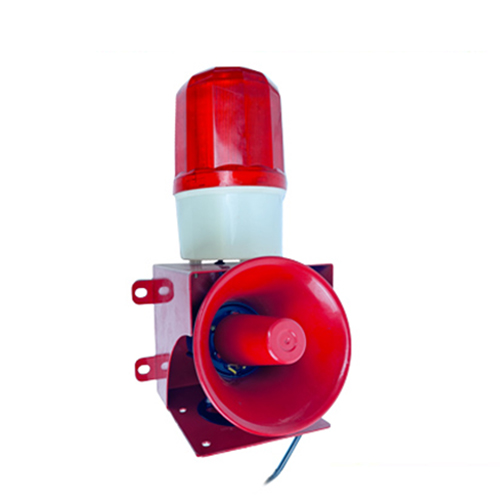лазерный датчик глубины
- time:2025-09-08 14:46:27
- Нажмите:0
Laser Depth Sensors: Powering Precision in Modern Measurement
How often do we truly think about distance? We estimate the gap to a door, the height of a shelf, or the depth of a step – often crudely. But in countless industries where accuracy isn’t just helpful, it’s critical, guessing simply won’t do. Enter the лазерный датчик глубины, an unsung hero of the technological age, transforming how we perceive, interact with, and measure our three-dimensional world with astonishing precision.
At its core, a лазерный датчик глубины is a non-contact measurement device designed to calculate the distance from the sensor itself to a target surface. Unlike simple laser pointers, these sophisticated instruments emit controlled beams of coherent light and meticulously analyze the returning signal to derive distance information. This fundamental capability translates into precise depth perception for machines and systems, enabling automation, quality control, navigation, and visualization far beyond human capability.

How Do These Remarkable Devices Work?
Most commercially available laser depth sensors operate on one of two primary principles:
- Triangulation: This method involves projecting a single laser dot (point sensor) or a laser line (profile sensor) onto the target surface. A high-resolution camera (or photodetector), positioned at a known angle relative to the laser emitter, observes the location of this projected dot or line. By analyzing the displacement of the dot/line in the camera’s field of view relative to a known baseline distance, trigonometric calculations yield the precise distance (depth) to that specific point or points along the line. Triangulation sensors excel in high-precision, short-to-medium-range applications (typically millimeters to a few meters) like industrial inspection, robotics guidance, and 3D scanning.
- Time-of-Flight (ToF): This technique measures the time it takes for a pulsed or modulated laser beam to travel from the emitter to the target and back to a receiver integrated within the sensor. Since the speed of light is a constant, the distance is calculated simply by Distance = (Speed of Light × Time of Flight) / 2. Time-of-Flight sensors can cover much longer ranges (meters to kilometers) and are often used to capture full-field depth maps (point clouds) rapidly. Variations like pulse ToF (measuring direct time) and phase-shift ToF (measuring phase shift of modulated light) offer different balances of speed, range, and accuracy. ToF is prevalent in applications like LiDAR (Light Detection and Ranging) for autonomous vehicles, drone navigation, gesture recognition, and robotics.
Where Laser Depth Sensors Make a Real Difference:
The applications for this technology are incredibly diverse and rapidly expanding:
- Robotics & Automation: Laser depth sensors are indispensable for robot navigation and collision avoidance. They allow robots to “see” their surroundings in 3D, locate objects for pick-and-place tasks (bin picking), ensure safe interaction with humans (collision avoidance), and guide autonomous mobile robots (AMRs) through dynamic environments. Точность positioning is key here.
- Industrial Metrology & Inspection: Ensuring manufacturing quality relies heavily on precise measurements. Laser sensors perform rapid, non-contact dimensional checks (thickness, height, width, volume), detect surface defects, verify part presence and alignment on production lines, and control processes like gap and flush measurement in automotive assembly. Their speed and non-contact nature prevent damage and enable 100% inspection.
- Логистика: Warehouse automation thrives on accurate dimensioning. Laser distance scanners quickly measure pallets and packages for optimal storage, calculate fill levels in containers or silos (e.g., level monitoring), and guide automated guided vehicles (AGVs) for efficient material handling.
- Autonomous Vehicles (AVs) & Drones: LiDAR systems, fundamentally built on powerful laser depth sensing technology, are a cornerstone of perception for self-driving cars and advanced drones. They create detailed 3D maps of the environment in real-time, detecting obstacles, pedestrians, curbs, and other vehicles, enabling safe navigation and path planning over long ranges.
- 3D Scanning & Modeling: Laser 3D scanners, especially line profilers using triangulation, capture millions of precise surface points to create highly accurate digital twins of objects, buildings, terrain, or archaeological sites. This is vital for reverse engineering, quality control, virtual reality (VR), and augmented reality (AR) content creation.
- Augmented & Virtual Reality (AR/VR): Understanding the physical environment is crucial for immersive experiences. Laser depth sensors integrated into AR headsets or VR systems enable spatial mapping, occlusion (where virtual objects appear behind real ones), and interaction with the real world, making experiences more believable and interactive.
- Safety & Security: Laser sensors provide reliable non-contact presence detection for hazardous areas (e.g., near machinery), monitor restricted zones (intrusion detection), and can even be used for people counting or gesture-based controls.
Key Advantages Driving Adoption:
Why choose a laser depth sensor over other measurement techniques? The benefits are compelling:
- Unmatched Precision and Accuracy: Especially in short ranges using triangulation, laser sensors achieve micron-level accuracy, crucial for demanding applications.
- True Non-Contact Measurement: Vital for measuring delicate, hot, moving, or hazardous surfaces without causing damage or distortion.
- Incredible Speed: Capable of taking thousands, even millions, of distance measurements per second, enabling real-time process control and high-speed inspection.
- Robust Performance: Effective in diverse lighting conditions (though excessive ambient light can interfere) and capable of measuring a wide variety of surface types, including challenging ones like dark or reflective materials (though specific settings or filtering might be needed).
- Многогранность: Available in a vast range of form factors, ranges, resolutions, and output formats (single point, line profiles, full 3D point clouds) to suit countless specific needs.
Choosing the Right Laser Depth Sensor:
Selecting the optimal sensor requires careful consideration:
- Required Range: From millimeters to kilometers? This is the primary filter.
- Needed Accuracy & Resolution: How precise do the measurements need to be?
- Measurement Speed: How fast does the application demand measurements to be taken?
- Field of View (FoV): What area needs to be covered (width for line profilers, scanning angle for LiDAR)?
- Target Surface Properties: Does it involve dark, shiny, transparent, or fast-moving surfaces? Triangulation can struggle with specular reflections, while ToF might have issues with certain materials absorbing light.
- Environmental Conditions: Exposure to dust, moisture, vibration, or extreme temperatures?
- Interface & Output: Compatibility with PLCs, robots, or PCs? (Common: Ethernet, USB, RS232, EtherNet/IP, Profinet, digital I/O).
The Future is Measured in Light
From the intricate assembly of microelectronics to the vast navigation challenges of autonomous vehicles crossing continents, laser depth sensors provide the fundamental depth perception that machines need to operate intelligently and autonomously in our complex world. They bridge the gap between the physical environment and the digital realm, enabling levels of precision, speed, and automation previously unimaginable. As laser technology advances further – offering greater precision, faster speeds, lower power consumption, and smaller footprints – we can expect these remarkable sensors to become even more deeply integrated into the fabric of innovation, quietly but powerfully shaping the future of measurement across every industry that relies on understanding the dimensions of the space around us. The ability to measure depth with light is no longer science fiction; it’s the essential tool driving the next wave of technological progress.

